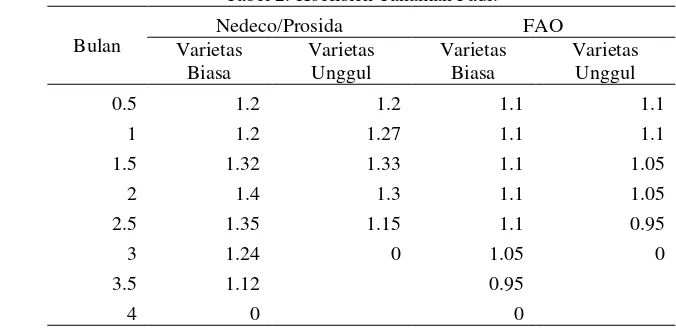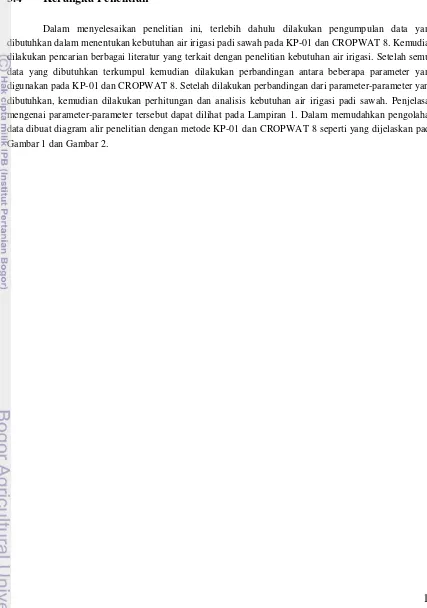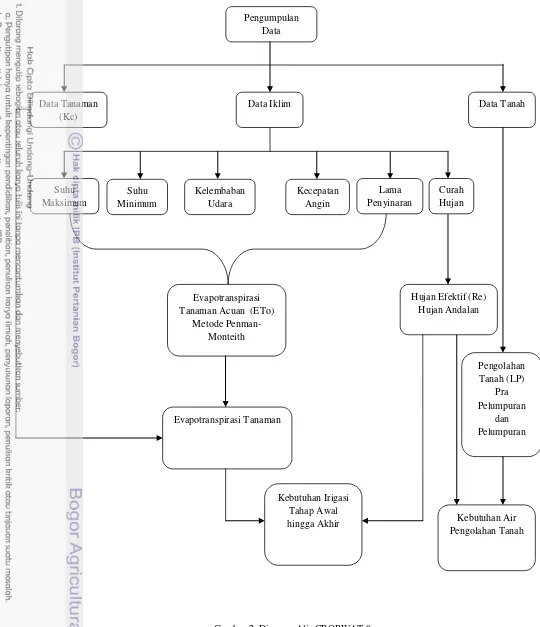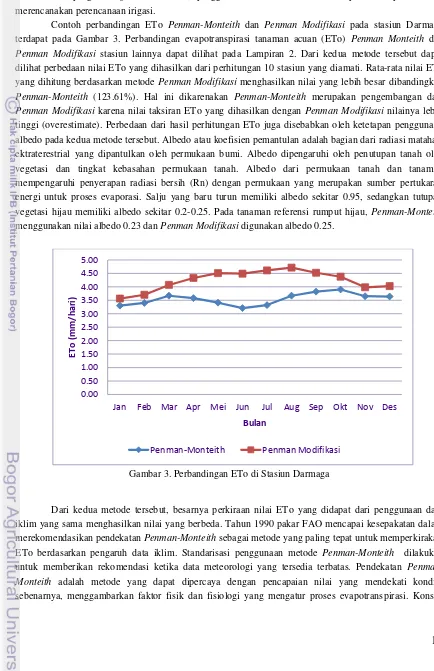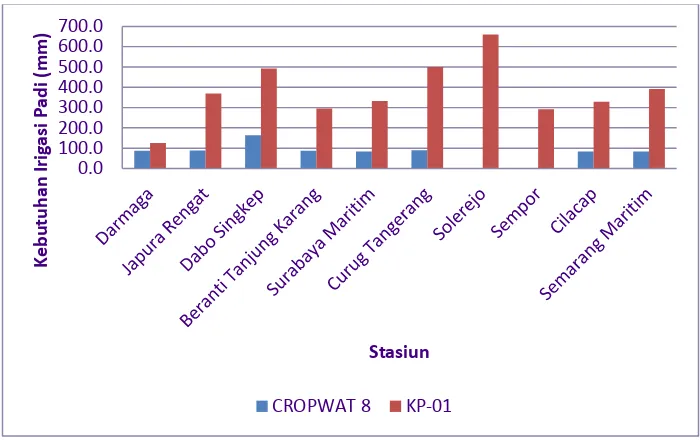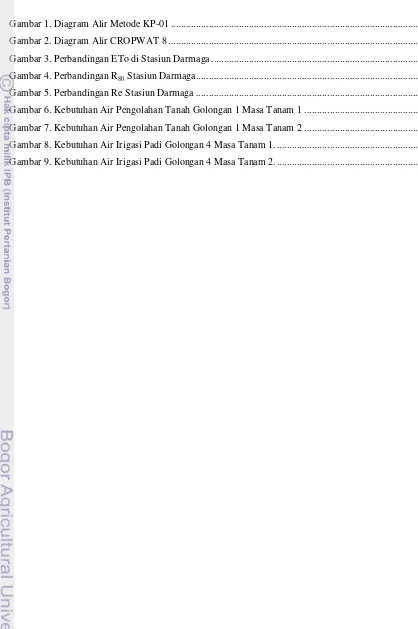Informasi Dokumen
- Penulis:
- Indah Dwi Sukma Anggraeni
- Pengajar:
- Dedi Kusnadi Kalsim
- Sekolah: Bogor Agricultural University
- Mata Pelajaran: Civil and Environmental Engineering
- Topik: Analysis of Paddy Irrigation Requirement Based on KP-01 Method and CROPWAT 8
- Tipe: thesis
- Tahun: 2012
- Kota: Bogor
Ringkasan Dokumen
I. Introduction
The introduction outlines the significance of water as a vital natural resource for sustaining life, emphasizing the necessity for its optimal management, particularly in irrigation. It discusses the critical role of rainfall in the hydrological cycle and its impact on irrigation needs for paddy cultivation. The section sets the stage for comparing two distinct methodologies, KP-01 and CROPWAT 8, for determining irrigation water requirements, highlighting the differences in parameters and criteria used in each method.
II. Literature Review
This section delves into the theoretical frameworks surrounding irrigation water needs, detailing the definitions and calculations of effective rainfall, crop evapotranspiration (ETo), and the parameters influencing irrigation requirements. It discusses the significance of accurate data in determining irrigation needs and the implications of using different methodologies (KP-01 and CROPWAT 8) on water management practices in agriculture. The literature review provides a foundation for understanding the subsequent analysis of the two methods.
2.1. Analysis of Irrigation Water Needs
The analysis of irrigation water needs is critical for efficient water resource management. This subsection explains the concept of effective rainfall and its calculation, emphasizing its role in determining the net water requirements for paddy irrigation. It discusses the factors that affect water needs, such as soil type and climate conditions, and how these are integrated into the KP-01 and CROPWAT 8 methodologies.
III. Research Methodology
This section outlines the research design and methods utilized to analyze the irrigation needs for paddy using the KP-01 and CROPWAT 8 methodologies. It describes the data collection process, including climate data over a ten-year period, and the analytical techniques employed to compare the two methods. The methodology emphasizes the importance of accuracy and reliability in data collection to ensure valid comparisons between the irrigation requirements calculated by each method.
3.1. Data Collection
Data collection involved gathering secondary climate data, including temperature, humidity, and rainfall, from various meteorological stations. This subsection details the specific types of data required for the analysis and how they contribute to calculating ETo and effective rainfall for both KP-01 and CROPWAT 8 methodologies.
3.2. Data Analysis
The data analysis process is explained, highlighting the comparative evaluation of the two methodologies. This subsection outlines the steps taken to compute irrigation needs and the parameters considered in the analysis, ensuring a comprehensive understanding of how the results were derived.
IV. Results and Discussion
This section presents the findings from the analysis, comparing the irrigation requirements determined by KP-01 and CROPWAT 8. It discusses the differences in ETo calculations, effective rainfall, and water needs for land preparation and crop growth phases. The results underscore the significance of methodological differences in determining irrigation strategies and their implications for water resource management in paddy cultivation.
4.1. Comparison of ETo
The comparison of ETo values calculated using the Penman-Monteith and modified Penman methods is discussed. This subsection highlights the discrepancies between the two methods and their implications for estimating irrigation needs, emphasizing the importance of accurate ETo calculations in irrigation planning.
4.2. Effective Rainfall Analysis
This subsection analyzes the effective rainfall as calculated by both methodologies, discussing the differences in approach and their impact on determining irrigation needs. It emphasizes the importance of understanding effective rainfall in optimizing irrigation strategies.
4.3. Water Needs for Land Preparation
The water requirements for land preparation are compared between the two methods, highlighting how each methodology accounts for soil conditions and evaporation. This analysis is crucial for understanding the initial water needs before crop planting.
4.4. Overall Irrigation Needs
The overall irrigation needs for paddy cultivation are summarized, comparing the total water requirements derived from both methods. This subsection discusses the implications for irrigation management and the potential for optimizing water use in agriculture.
V. Conclusion
The conclusion summarizes the key findings from the research, reiterating the importance of selecting appropriate methodologies for calculating irrigation needs. It emphasizes the need for accurate data and the implications of the study for future water management practices in paddy cultivation, suggesting areas for further research and improvement in irrigation strategies.

